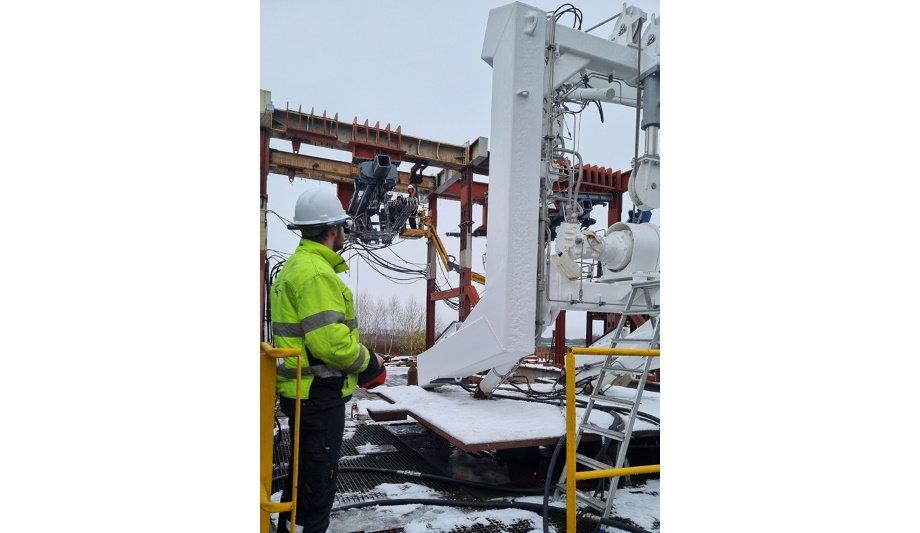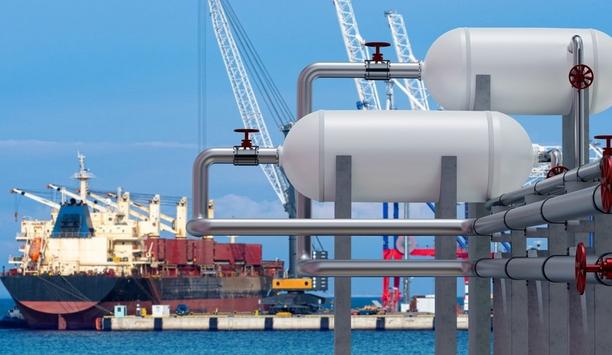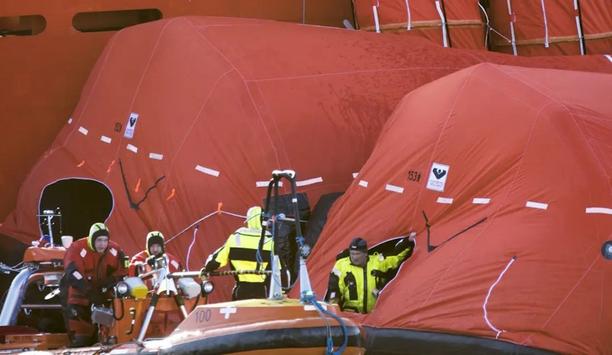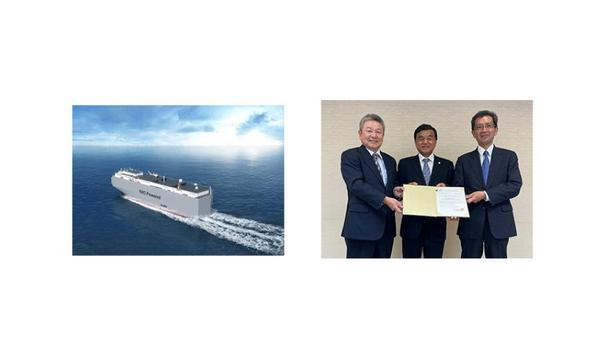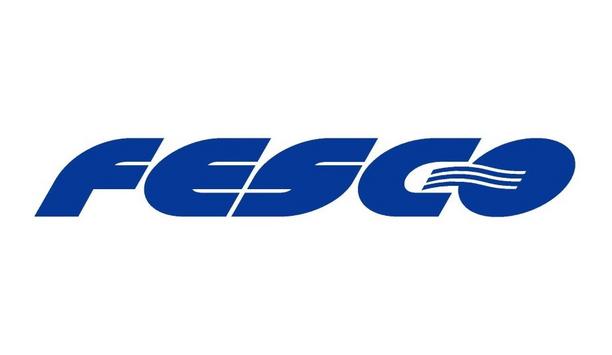Norwegian davit supplier, Vestdavit has achieved record sales in 2021, as it focuses on continuous product innovation, in order to boost orders in both core and new markets.
The company is on course for group-wide sales of more than Nkr 200 million (US$ 22 million) in 2021, a 20% increase on 2020, to ensure a solid profit for the year and its fabrication facility in Poland is currently working at full capacity, according to the Managing Director of Vestdavit, Rolf Andreas Wigand.
He said “We have definitely made good progress to consolidate our position in our core markets, as we have largely secured contracts in all the significant tenders that we set out to win.”
Global expansion
Rolf Andreas Wigand attributes the strong increase in davit orders to a market rebound
Rolf Andreas Wigand attributes the strong increase in davit orders to a market rebound, in both the oil & gas, and wind sectors, fuelled by strong energy prices, which has led to increased demand for offshore support vessels to service wind farm installations.
There has also been a wide global spread of orders, with sales to all continents, including the Americas, Europe, Africa, Asia and Oceania, while Vestdavit has gained new customers worldwide, due to the company’s reputation for quality products and track record of reliable delivery, which is supported by a global sales and service network.
Focus on quality in product management, service and aftersales
Rolf Andreas Wigand said, “A focus on quality is uppermost in all we do - from product development to management, service and aftersales. This is necessary to retain existing customers and gain new ones, for whom quality is also the top priority.”
He adds, “Our customers experience, not least, that there is quality on aspects, such as documentation, simulation and analysis, to comply with shock requirements, vibration and tough operating standards, for our sophisticated products.”
Developing innovative and new boat-handling systems
An important factor in this regard is investment in innovation, in order to develop new and improved boat-handling systems, predicated on deliveries over the past four decades of more than 2000 high-specification systems with proven robustness, designed to withstand harsh environments.
Rolf Andreas Wigand feels that the definitive technological highlight in 2021 has been the successful delivery of the ground-breaking MissionEase system, for its first full-scale commercial application on the Nexans Aurora cable-laying vessel, delivered in summer of 2021, from the Ulstein Verft shipyard, in Norway.
Vestdavit’s MissionEase system
We have now documented that we have installed and commissioned a complete MissionEase system"
He believes the innovative system, which comprises an inboard hangar, with a remote-controlled automated track-and-trolley system, to launch multiple crafts from either side of the ship, represents a ‘game-changer’ that will generate future orders in different market segments.
Rolf Andreas Wigand stated, “We have now documented that we have installed and commissioned a complete MissionEase system, taking it beyond a 3D concept, to demonstrate to clients, the viability of the technology in real-life operation.”
PLD series of heavy-duty docking head davit
Furthermore, Vestdavit has upgraded its so-called PLD series of heavy-duty docking head davit, featuring an anti-pendulation device installed on a davit, to counter swing motions of a boat, during launch, which is able to handle workboats weighing around 16 tonnes that makes it well-suited for use in wind farm installation.
Rolf Andreas Wigand also revealed that the company has taken out two patents for undisclosed technology that underpin its policy of ‘constant innovation’, and is testing both Artificial Intelligence (AI) and remote sensors, to monitor davit operation and thereby, improve the safety of boat-handling systems.
Digitalisation
In addition, Vestdavit is increasingly applying digitalisation in design and fabrication processes
In addition, Vestdavit is increasingly applying digitalisation in design and fabrication processes, so as to increase production efficiency, as well as enhancing customer relations management, with a new web-based system, to interact with clients for improved productivity, right from design to delivery.
Digitalisation has also helped the company to counter logistical and travel challenges, due to the COVID-19 pandemic, through the use of digital goggles, used by workers, at its Vestdavit Production facility, in Poland that transmit visuals to facilitate remote testing and verification of equipment, via a screen on the Teams app.
Expansion in Europe with Netherlands sales office
Bergen-based Vestdavit has further extended its geographical reach in 2021, by opening a new sales office in the Netherlands, in addition to its office in the USA, to give it a stronger platform for growth in Europe, while also increasing headcount at the company, as the business grows.
Rolf Andreas Wigand concludes, “It will be increasingly important for us to have a local presence in our main markets, in years to come, to limit travel, in order to safeguard the environment and we envisage sales-led expansion, driven by the need to establish service centres in key locations.”
